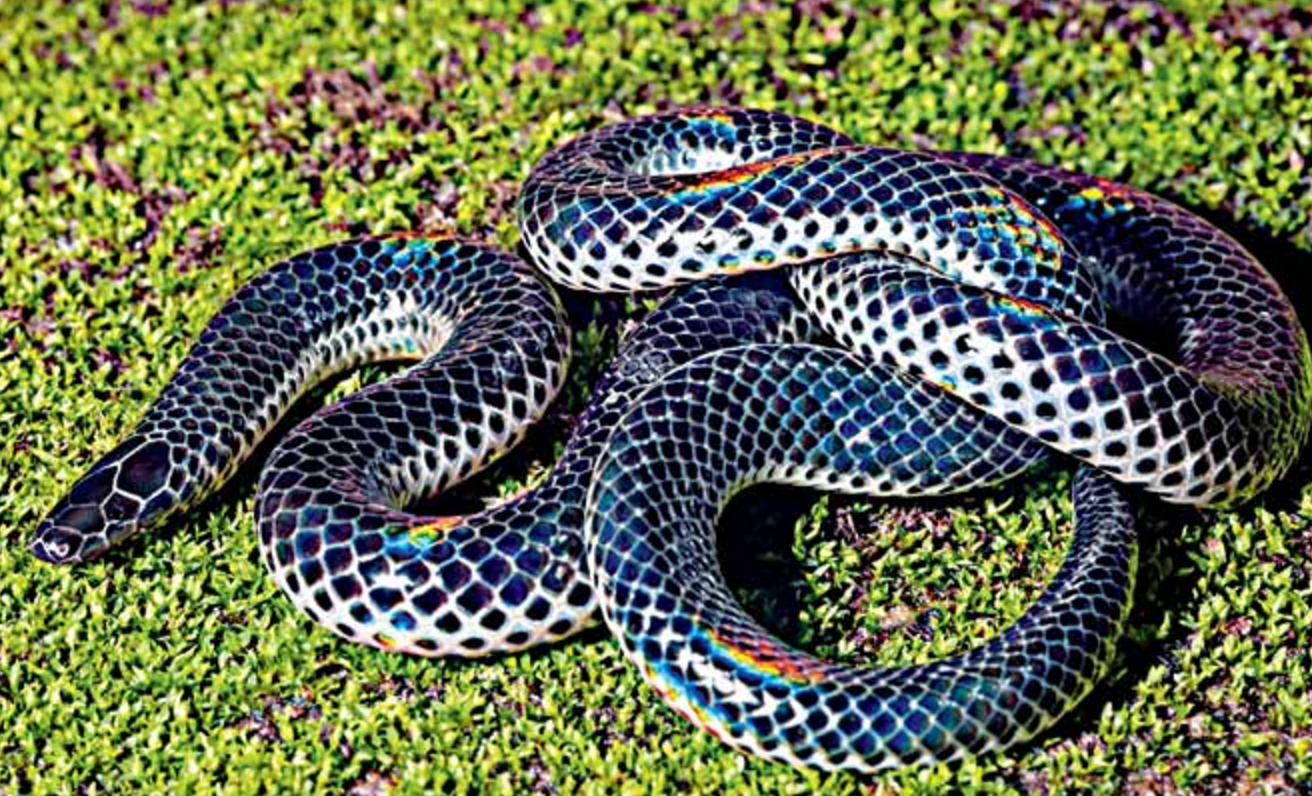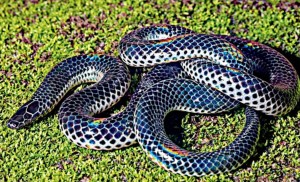
New Species of burrowing snake discovered in Western Ghats, India

The Natural History Museum in London in collaboration with Indian Researchers scientists from the National Centre for Biological Sciences (NCBS) Bangalore, and the Indian Herpetological Society (IHS), have found a new species of burrowing non-venomous snake which has a smooth, shiny scales, which remained hidden for 145 years in the dense forests of the Western Ghats of India. This major achievement and full research paper has been published in the scientific journal Zootaxa. The research paper’s main author Dr David Gower, Dr Mark Wilkinson, a taxonomatic both from the Natural History Museum, London, Varad Giri of National Centre for Biological Sciences, Bangalore and Ashok Captain of IHS and Bombay Natural History Society have all put in meticulous research efforts over the last 15 years.
The species remained misidentified and lost among museum specimens for such a long time before scientists thought it might be extinct.
Varad Giri, a post-doctoral research fellow at the National Centre for Biological Sciences in Bangalore, southern India, said “This discovery highlights the need for exploring museums to properly understand our biodiversity.”
Giri and is colleagues decided to name the new species ‘Khaire’s black shieldtail’ (Melanophidium Khairei), named after Neelimkumar Khaire, a snake conservationist and Director of the Katraj Snake Park in Pune.
M Khairel, is bluish-black snake 55cm long, with a bullet shaped head and small eyes, smooth iridescent scales, inhabits in the deep soil covered in leaf litter and surfacing rarely.
Before M Khairei’s discovery, the genus Melanophidium was known by three species, in Western Ghats, M-Punctatum was described 145 years ago in 1871 and M Khairei has been mislabeled as it looks similar to M Punctatum.
All reported specimens of this species from South Maharashtra, Goa and North Karnataka are actually that of M Khairei, as M. punctatum may be restricted to some parts of Kerala, Tamil Nadu.
Khairei usually lives at altitudes ranging from 510 to 780m, endemic to the Western Ghats, used to particular kind of habitat.
